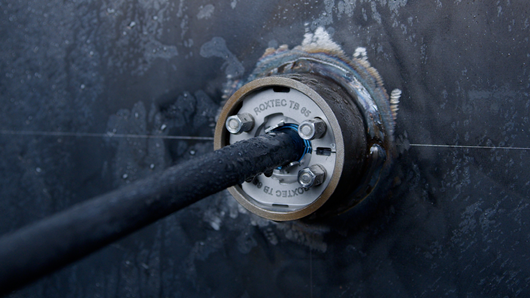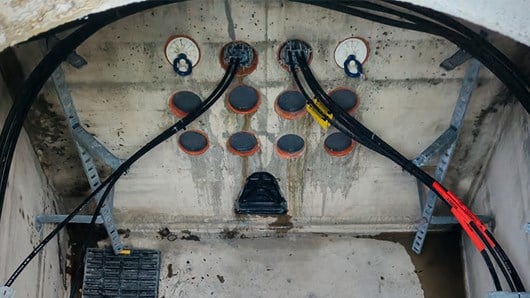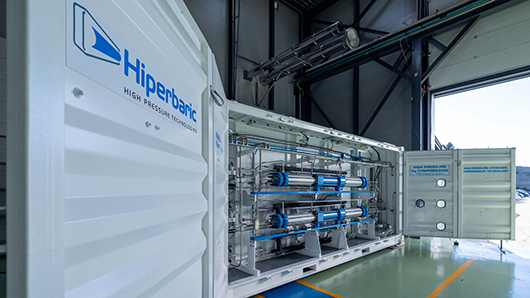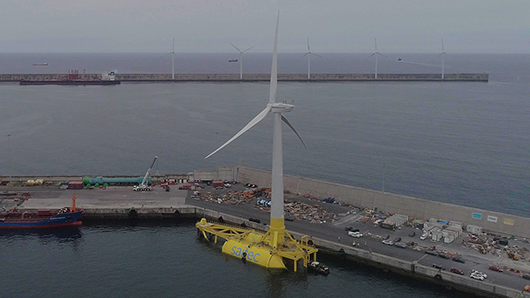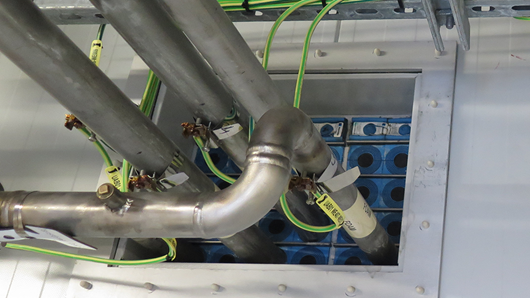- Komunikat prasowy
Considering the proven safety performance and increasing global use, you might think that Roxtec material specialists remain happy by just maintaining the excellent features of the rubber in the seals. Nothing could be more wrong. They lead the technical development by mixing new powerful particles.
"We have for example recently succeeded in making rubber blends including nanomaterials such as nanotubes and graphene. This means we are able to make our rubber anti-static. We actually have a new patent protecting modular-based cable and pipe transits made of a dissipative rubber or plastic material,” says Daniel Sträng, Lead Innovation Engineer within product development at Roxtec.
A dissipative material is only conductive to a certain degree and often used to control electrical charges.
Increasing safety demands
There are always new requirements and new demands when you work with safety products for different industries and challenging projects across all climates and continents. When it comes to the demand for anti-static sealing components that significantly slow down the flow of electrical charges, the innovative engineers found a fully acceptable solution years ago. The Roxtec attitude, however, is recognized by a never-ending strive towards better, smarter and in most cases also simpler solutions. Therefore, the material specialists took on the challenge to further develop the rubber compound.
State-of-the-art laboratory
The Roxtec material development laboratory has very advanced equipment for both mixing and testing.
“In our lab, we have the capacity we need to not only mix the different ingredients in the rubber, but also to perfectly distribute and atomize the particles we add. In addition to this, we have everything we need to thoroughly test our prototypes. We have, in fact, been able to create anti-static rubber while even increasing the fire resistance capacity,” says Panch Svensson, Material Specialist at Roxtec.
Graphene in focus for Nobel Prize laureates
Among the many interesting nanomaterials that the sealing material experts have been trying to use to achieve the desired features are carbon nanotubes and green graphene. Graphene, for example, is a graphite-based material that is strong, hard, fire-resistant, and light, and that can be added to enhance material properties. It is finding its way into many markets, partly since researchers at the University of Manchester received the Nobel Prize in physics in 2010 for ground-breaking experiments with graphene. It seems like it has further advantageous properties for sealing products, besides the anti-static properties.
How close to a final rubber compound would the experts say they are?
“We have a patent, the prototypes and test results showing that we have succeeded. So – rather soon.”

